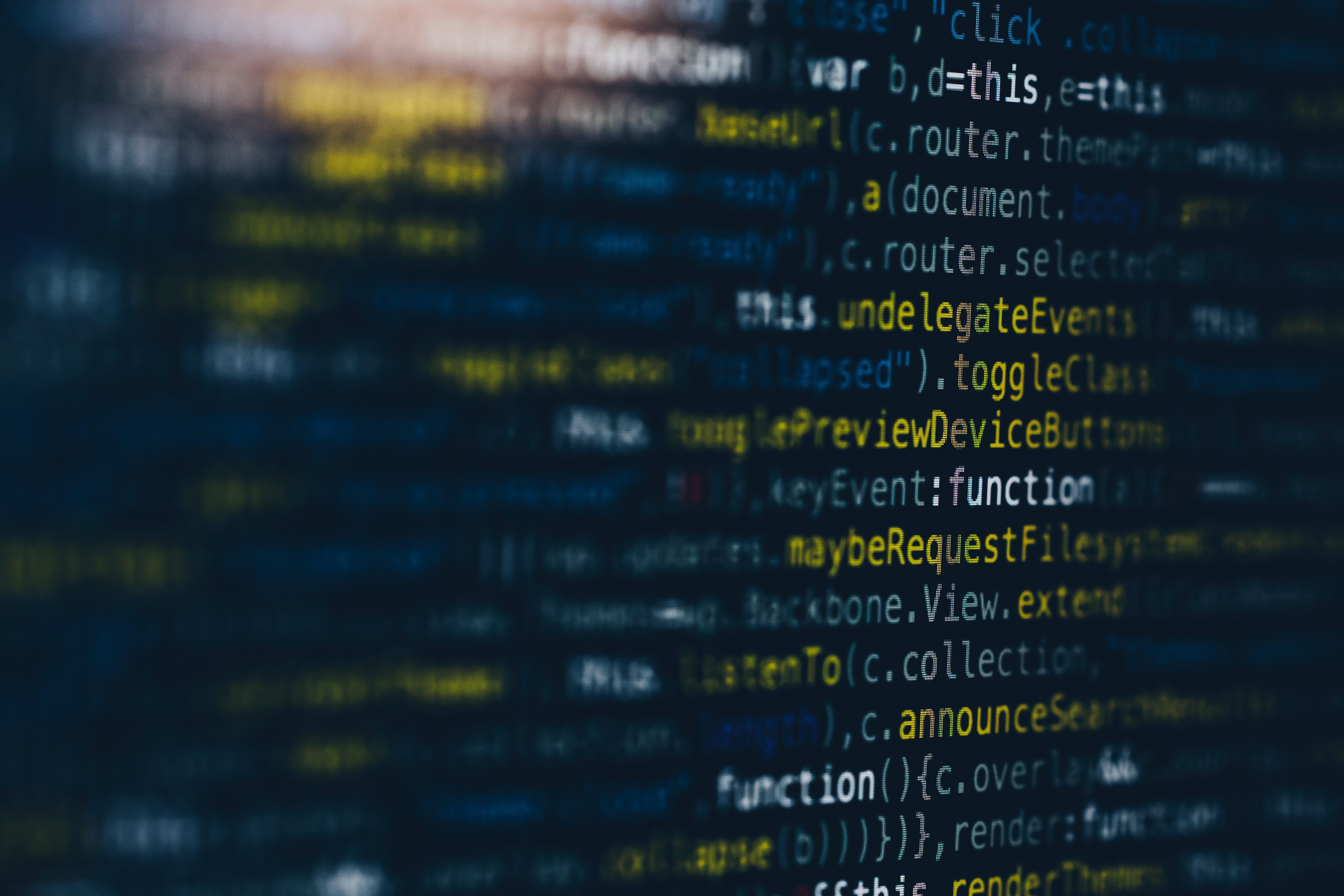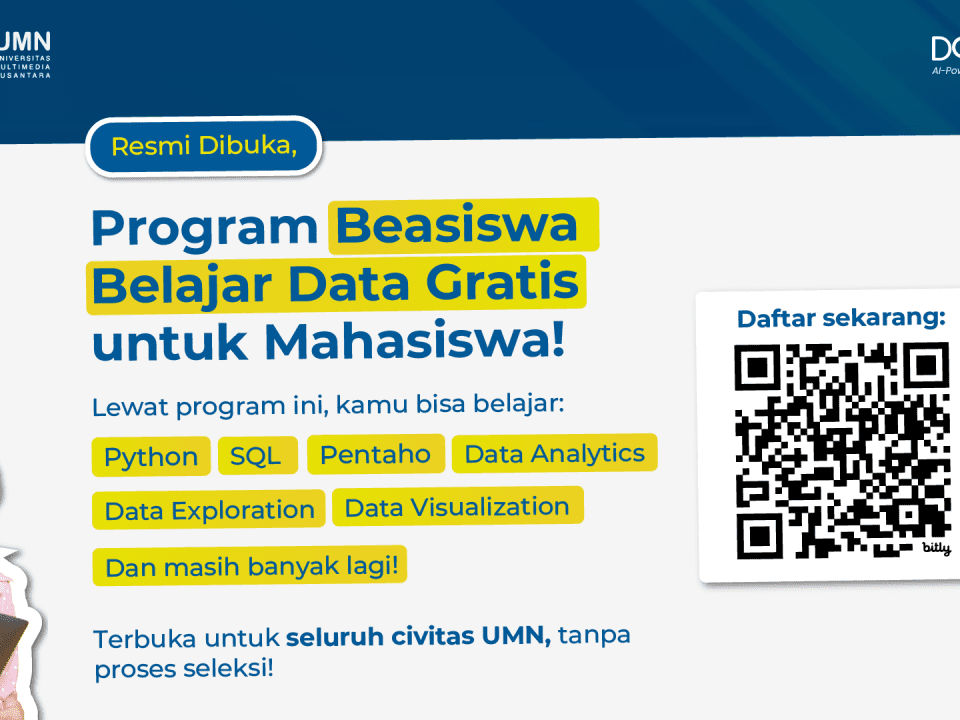
Congratulations! UMN Students and Alumni Pass the 2023 PKM AI Incentive Scheme
August 28, 2023
Check Your Journal and Thesis Plagiarism on Turnitin UMN Library
August 28, 2023
What is big data? (Source: Unsplash/Markus Spiske)
Big data– we’ve all seen this word on social media at least once. Interested in learning more? Read the article until the end.
Definition of Big Data
Big Data is a term for extensive and complex data sets that are too large to analyze and process using traditional techniques and methods. It covers a wide range of data types, including structured and unstructured data, as well as data generated from various sources such as social media, sensors, mobile devices, log files, and web servers.
As data volume, variety, and velocity continue to increase exponentially, traditional data management and processing approaches are no longer sufficient. This gives rise to the concept of big data, which requires new technologies and techniques to handle and gain insights from this vast amount of information.
Also read: Join a Data Science Course to Fill Your College Vacation.
Is Big Data Important?
All data is important nowadays! According to Tech Target, companies use big data in their systems to improve operations, provide better customer service, create personalized marketing campaigns, and perform other actions that can ultimately increase revenue and profits.
Businesses that use it effectively have a potential competitive advantage over those that don’t, as they can make faster and more informed business decisions. It is also used to save people’s lives. Medical researchers can utilize big data to identify signs of disease and risk factors, and doctors can help diagnose patients’ diseases and medical conditions.
In addition, the combination of data from electronic health records, social media sites, the web, and other sources provides healthcare organizations and government agencies with up-to-date information on infectious disease threats or outbreaks.
Examples of The Application of Big Data
To make it easier and more relatable, we will look at an example of its application in the education sector.
Quoting Forbytes, big data allows academic institutions to integrate important platforms and applications often used to manage various aspects of their work. This will enable them to increase efficiency and, ultimately, reduce costs significantly.
The technology itself is changing how we analyze information and make decisions in areas such as academic performance, technology effectiveness, faculty, and organizational interactions. It allows students to construct individual educational trajectories in new ways, as well as assess quality and choose acceptable ways of learning.
For example, regarding academic performance, faculty and campus officials can use big data in research on student achievement and identify potential opportunities for deeper participation in the process. They can optimize curriculum and analyze dropout rates, enrollment numbers, and student achievement levels.
Also read: Data Science Majors to Become a Data Scientist.
Conclusion
Big data is a revolutionary force in the world of information technology. It is a collection of data so large and complex that traditional storage and analysis methods cannot handle it. With the ability to analyze and extract insights, big data has the potential to revolutionize the way we live, work, and think. It is a game-changer that will change the face of business, marketing, government, academia, and more.
Sources:
By Levina Chrestella Theodora
English translation by Levina Chrestella Theodora
Kuliah di Jakarta untuk jurusan program studi Informatika| Sistem Informasi | Teknik Komputer | Teknik Elektro | Teknik Fisika | Akuntansi | Manajemen| Komunikasi Strategis | Jurnalistik | Desain Komunikasi Visual | Film dan Animasi | Arsitektur | D3 Perhotelan , di Universitas Multimedia Nusantara. www.umn.ac.id





